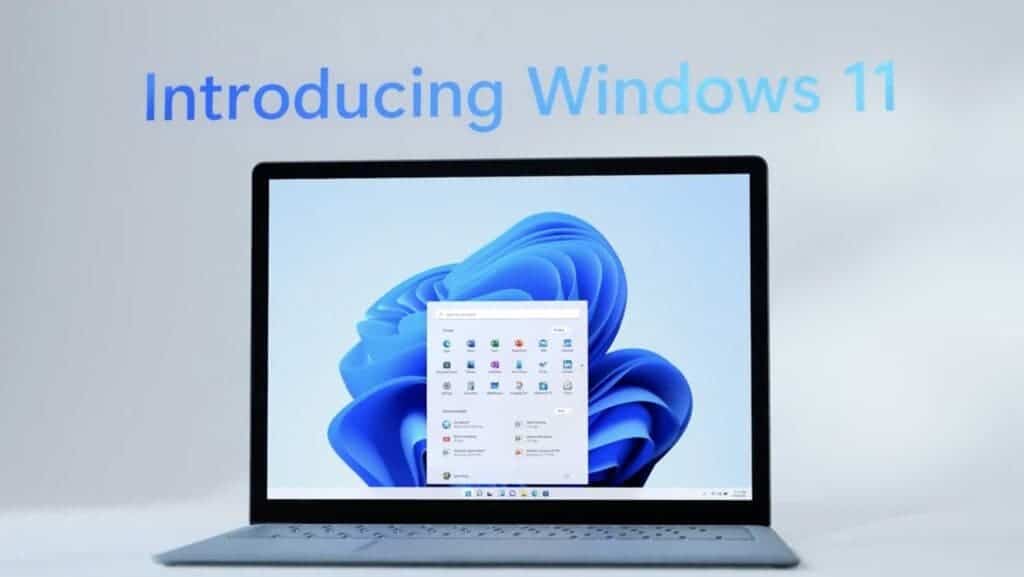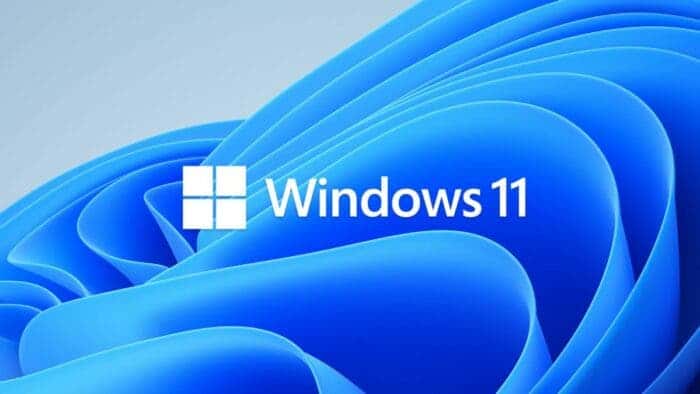Microsoft Windows 11 is official and it will be available to consumers for free later this year or early next year. However, with a new system, users always want to know what happens if they don’t like the update. Microsoft recently gave an answer to users’ queries. According to Microsoft, if you encounter hardware, application problems, or just don’t like Windows 11, you can easily roll back to Windows 10. However, you can not do it just immediately. According to Lenovo and Microsoft, if you want to revert to Windows 10, you will have 10 days to perform an in-place downgrade. Nevertheless, if the user has been using the Windows 11 system for less than 10 days, the downgrade process will be very simple and straightforward.

If the user has been on Windows 11 for more than 10 days, the downgrade process is a bit complex. This is because the user will need to clean install the operating system before (ie Windows 10) uninstalling Windows 11.
A Lenovo support document states
“Once you upgrade to Windows 11, you have 10 days to use the rollback feature to move back to Windows 10, while retaining the previous files and data. If after 10 days, you need to back up your data and perform a clean installation to move back to Windows 10,”
Downgrading to Win10 could be a bit complex
If you have been using the Windows 11 system for less than 10 days, the downgrade is easy. You will have to go through Windows’ built-in recovery and backup image, and users can downgrade it through Settings> Update and Security> Recovery.
However, if it has been more than 10 days, you will not be able to enter the recovery options. But, you can still recover the old operating system. As pointed out by Microsoft and Lenovo, you can restore to Windows 10 by performing a clean install.
To perform a clean installation of Windows 10, you can use Microsoft’s media creation tool. This tool will allow you to reinstall Windows 10 and create a bootable USB flash drive. However, this process will delete your apps and settings, which means you need to back up files and apps manually. If you don’t like media creation tools, you can also manually download the Windows 10 ISO. Of course, you will also have to manually create your own USB drive. You can also reinstall Windows 10 on another partition and reactivate the license when you need it.
Windows 11 comes with a significant visual upgrade. It has a new start menu, notification center, system tray, redesigned taskbar, and rounded corners. This system comes with better workability and useability.





